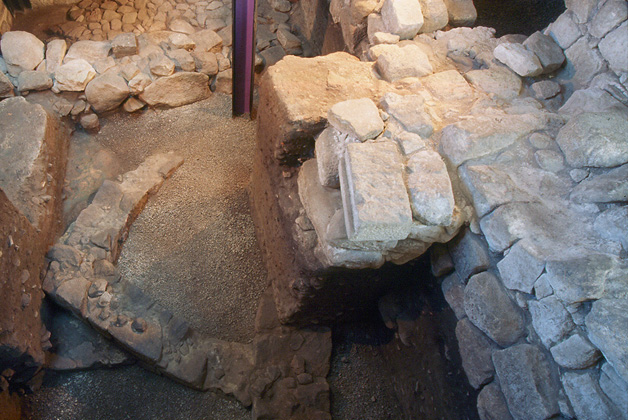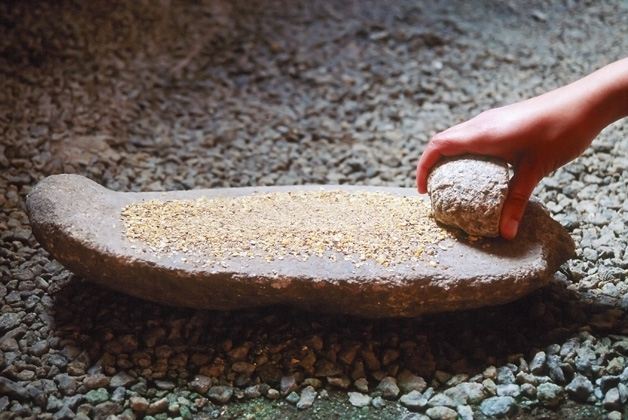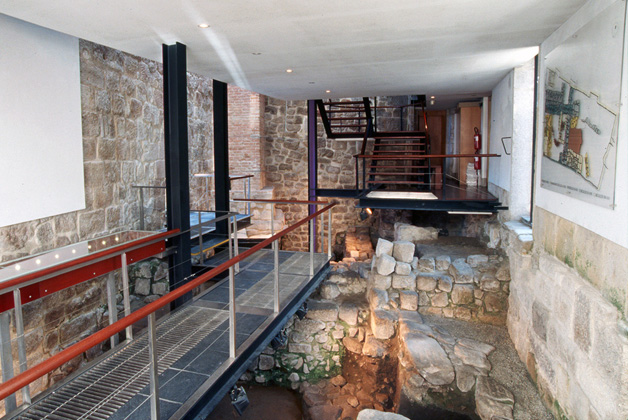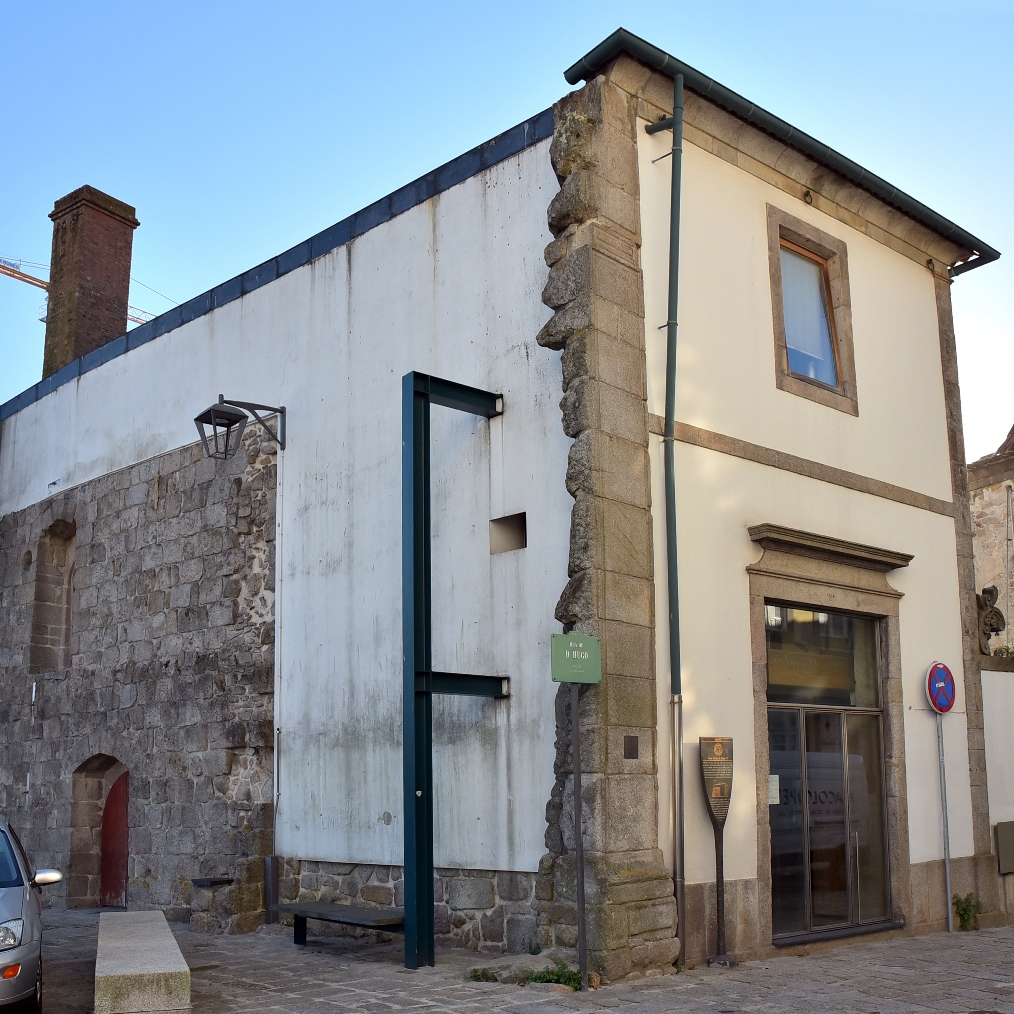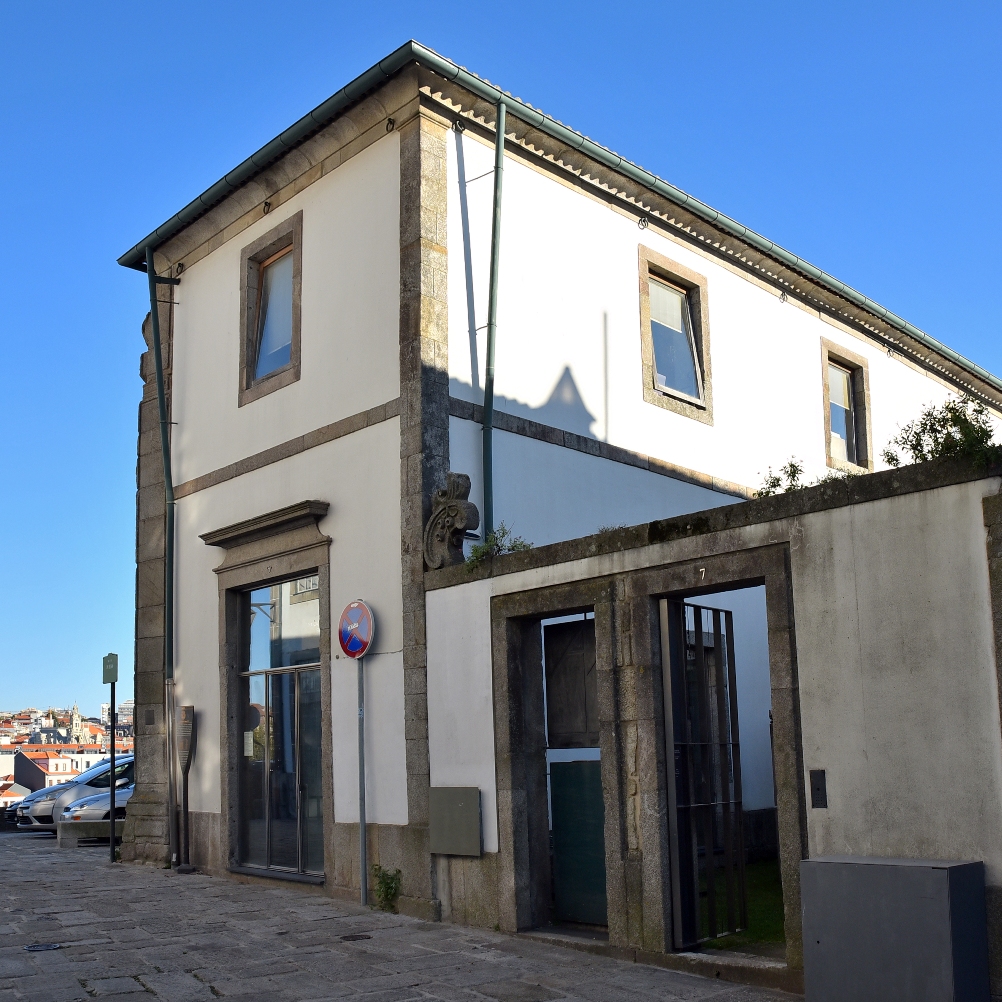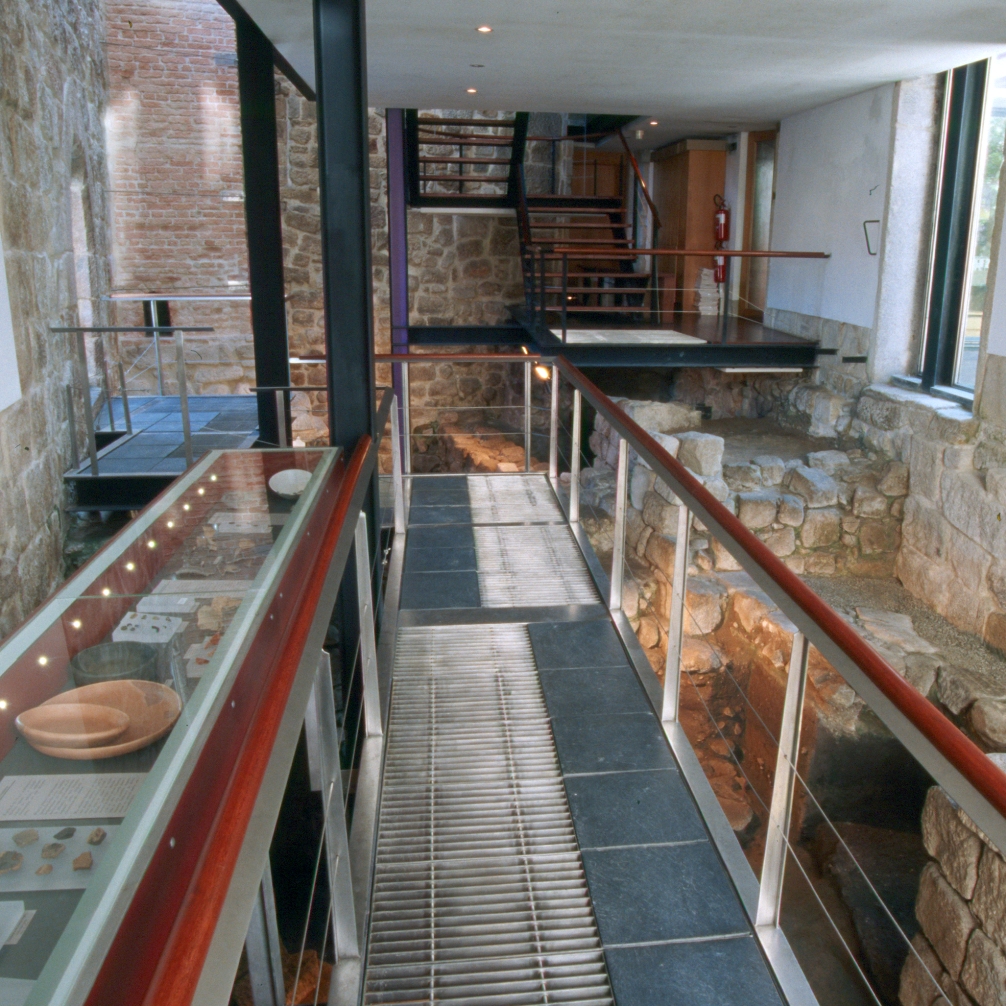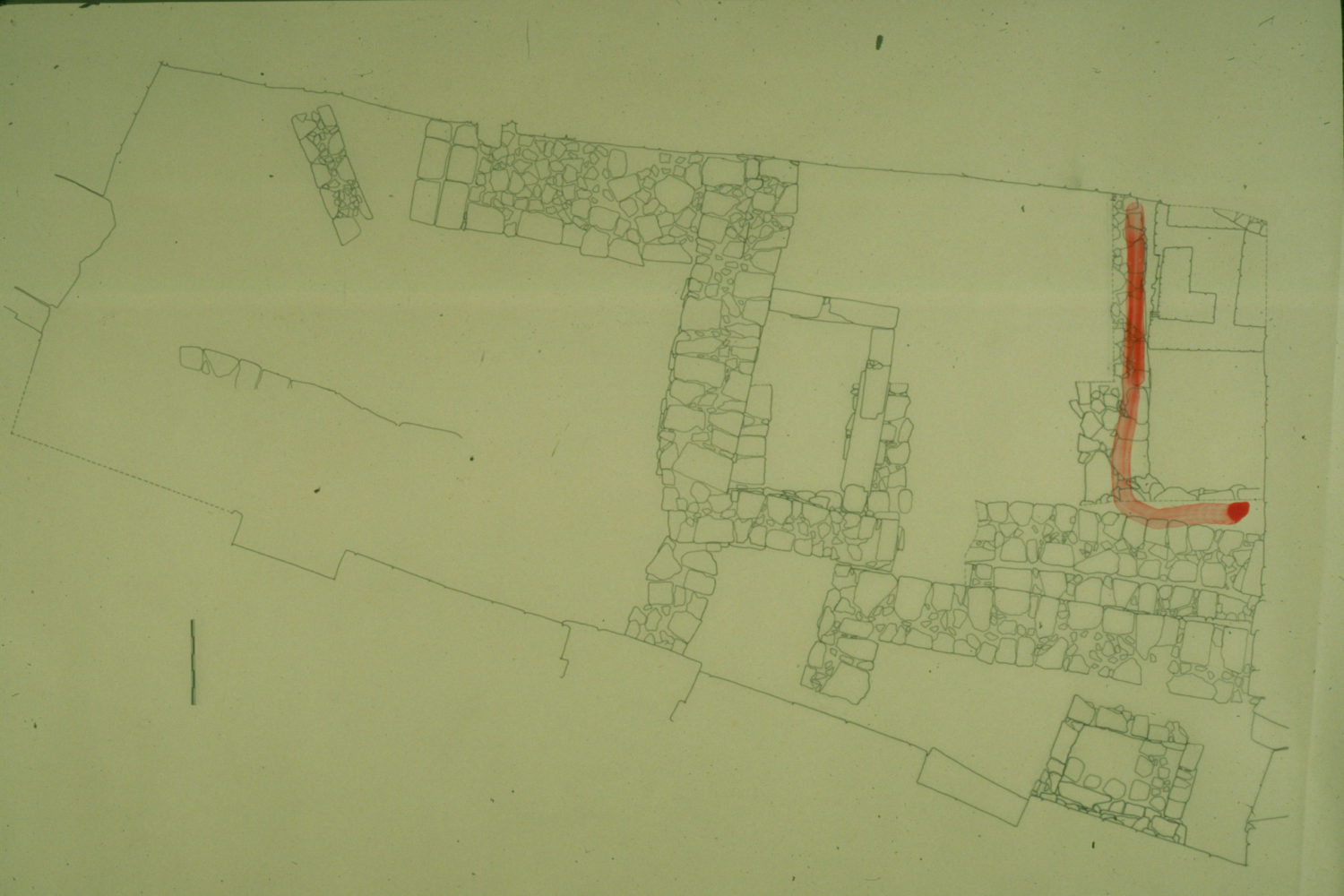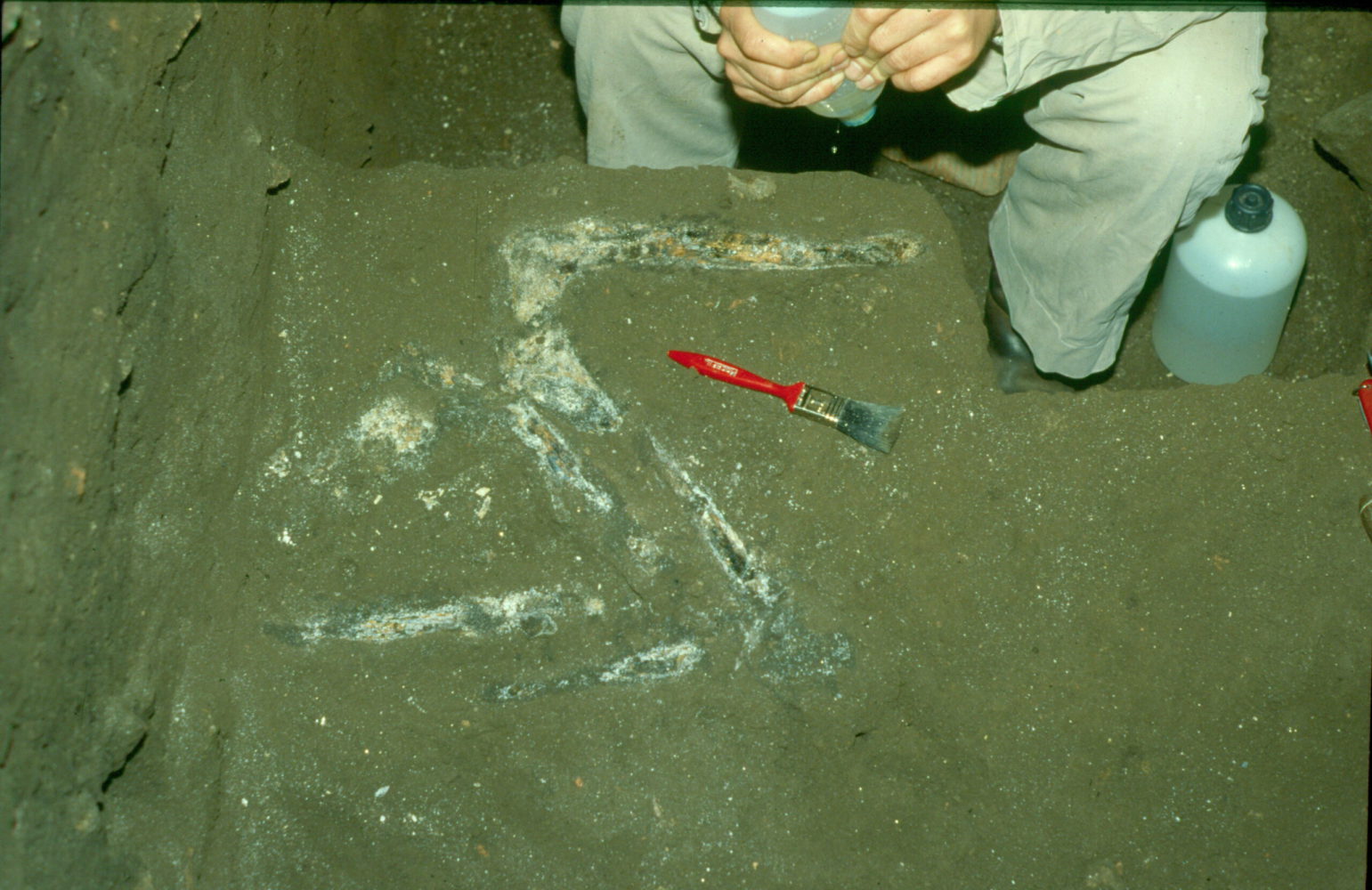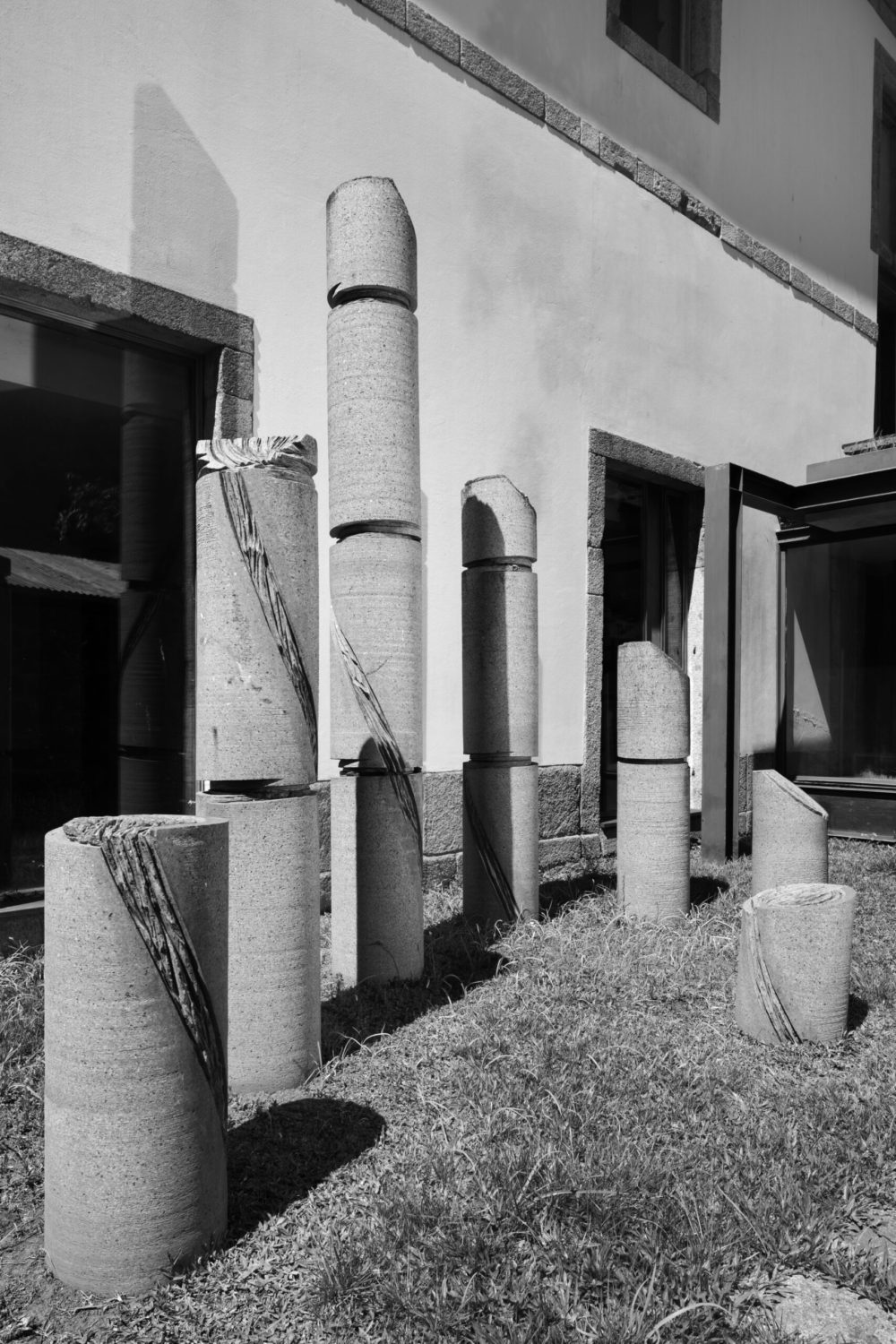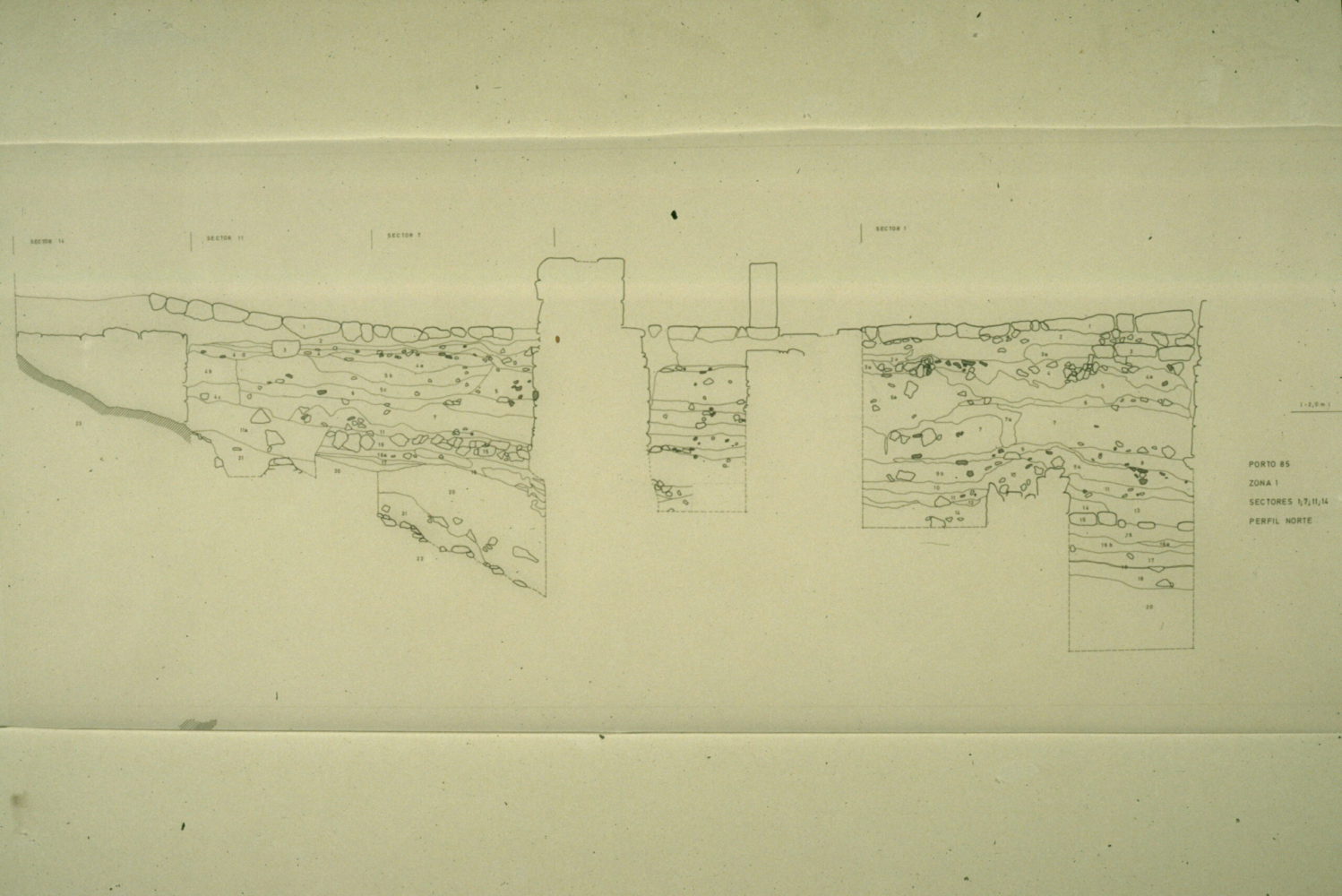Archaeological
Museums & Thematic Centres
Near the Cathedral (Sé), in the Historic Centre of Porto, World Heritage Site, the longest stratigraphic sequence of human occupation in Porto is conserved, remains that witness the long diachrony of the agglomerate, with origins in the First Millennium BC. In just three meters deep, there were found twenty archaeological layers, architectural ruins and objects from the third and fourth centuries BC up to the present time. The archaeological excavation carried out in that site in 1984-87 was fundamental to learn the history of the city when it was identified, for the first time, the remains of the protohistoric castro (fortified village) and of the Roman city (Cale) that followed, and from the periods of Swabian-Visigoth and High Middle Ages, when the ancient civitas (Portucale) was elevated to a diocese. There were also found remains of the old medieval city inside the building of Rua D. Hugo, from the nineteenth century, which re-uses parts of previous buildings. The remains of houses and streets from the Late Middle Ages help to reconstruct some features of the ancient urbanism of this area, interesting for its proximity to the walled fence, and still has interesting remains from the modern and contemporary eras. For its importance to understand the origins and development of the city, the archaeological remains were preserved and a footbridge was placed over the ruins to observe the findings. You can see some of the pieces from different eras discovered during the excavation.
Visit subject to prior booking.
Visit subject to prior booking.
